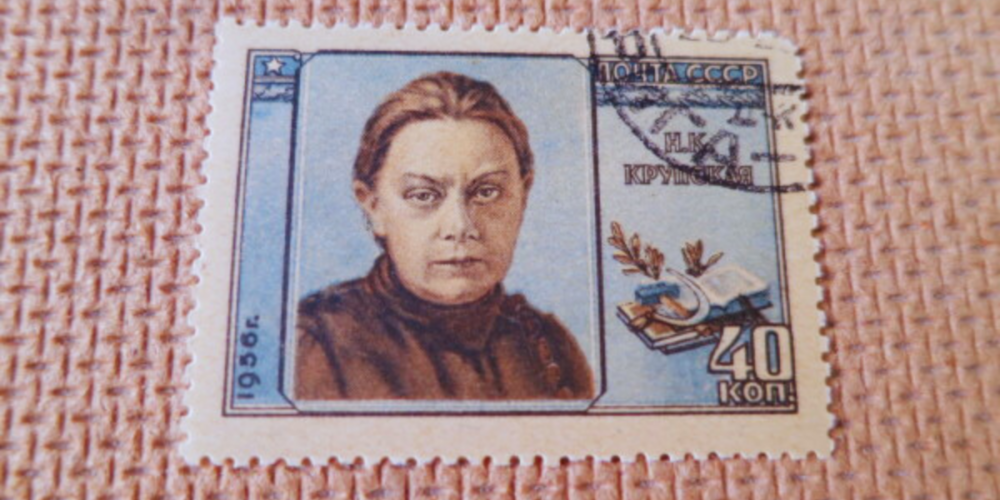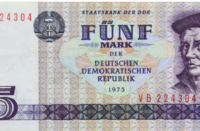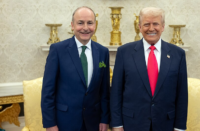Nadezhda Krupskaya and her accomplishments are often forgotten about and overshadowed by her husband, Vladimir Lenin. Krupskaya was a feminist, teacher and revolutionary who participated in the October Revolution and the building of socialism in the USSR. This year is the centenary of Lenin’s death, but while we celebrate him and his accomplishments, we should also celebrate those who were vital to those accomplishments.
Krupskaya grew up in an impoverished family with progressive parents. Her family was of a higher social standing in Russia and so she received a formal education. In her early adulthood, she began attending a discussion group on Marxism, at which she met Lenin. At this same time, she was teaching history, geography and maths at an evening school for adults. Through her involvement with the Russian Social Democratic Labour Party, she was the editorial secretary for Iskra, the party’s newspaper, and aided in the creation of the Bolshevik party with Lenin.
Krupskaya wrote extensively on the women’s question, most notably on economic exploitation. The article entitled “The Woman Worker” was celebrated for its accessible Marxist analysis and influenced Lenin and the party to focus on women’s emancipation. Krupskaya and her comrades, notably Clara Zetkin and Inessa Armand, worked together to solidify International Working Women’s Day. They saw that women’s liberation was essential to a successful revolution, to quote Krupskaya:
“That which unites working women with working men is stronger than that which divides them. They are united by their common lack of rights, their common needs, their common condition, which is struggle and their common goal… Solidarity between working men and working women, common activity, a common goal, a common path to this goal — such is the solution of the ‘woman’ question among workers.”
Krupskaya also took a revolutionary approach to education. After the October Revolution as deputy to the People’s Commissar of Education, in her article titled “Concerning the Question of Socialist Schools” written in 1918, she stated:
“In serving the interests of the masses, the government of workers and peasants must break the schools’ class character and make schools at all levels accessible to all sections of the population. It must do this not in words but in deeds. Until the objectives of schools are changed, education will remain a class privilege of the bourgeoisie.”
In 1920, she became chairwoman of the Soviet Union’s Education Committee. Eradicating illiteracy became one of her main concerns as she didn’t believe that the USSR could advance economically or culturally unless this was accomplished. To tackle illiteracy she initiated adult education programmes which provided 30,000 classes for peasants and factory workers across the USSR and significantly reduced illiteracy. In 1935 she wrote in a letter to the factory committee of the Clara Zetkin Factory:
“It is necessary that at your factory, which bears the name of the great revolutionary Clara Zetkin, a woman who fought passionately for the emancipation of women workers, it should be a matter of honour for all factory organisations to see to it that not a single person remains illiterate at the factory, that every working woman should become more literate.”
Here we see Krupskaya bridge the struggle against illiteracy to the struggle for women’s emancipation.
Krupskaya died because of acute appendicitis on February 27 1939, just a few days after her 70th birthday. Through her revolutionary life of struggle against women’s oppression and the oppression of workers, we can see the intersectionality of those struggles. Krupskaya’s dedication to the struggle for communism can be summed with a quote in a speech to the Russian Leninist Young Communist League, “We should try to link our personal lives with the cause for which we struggle, with the cause of building communism.”






